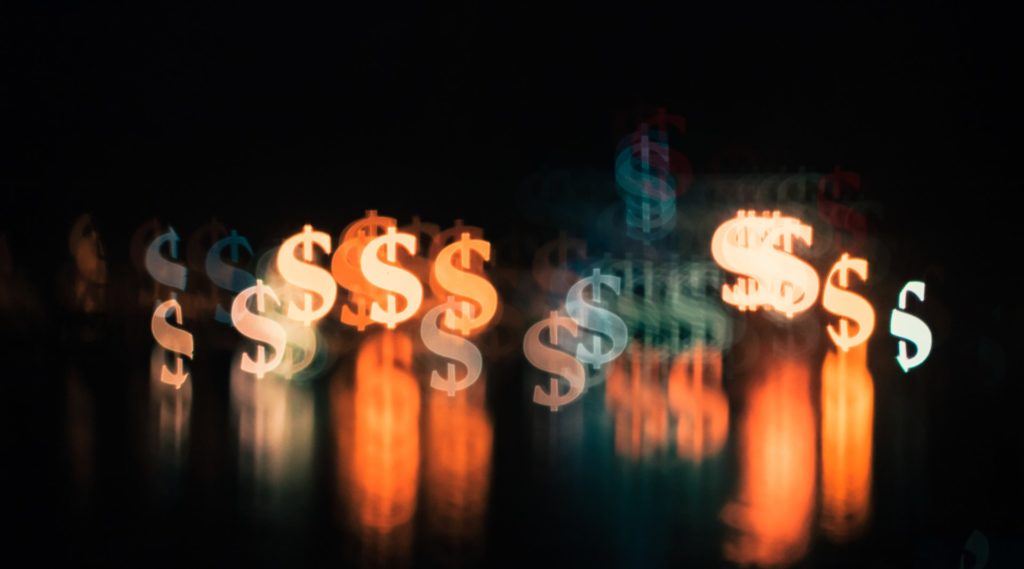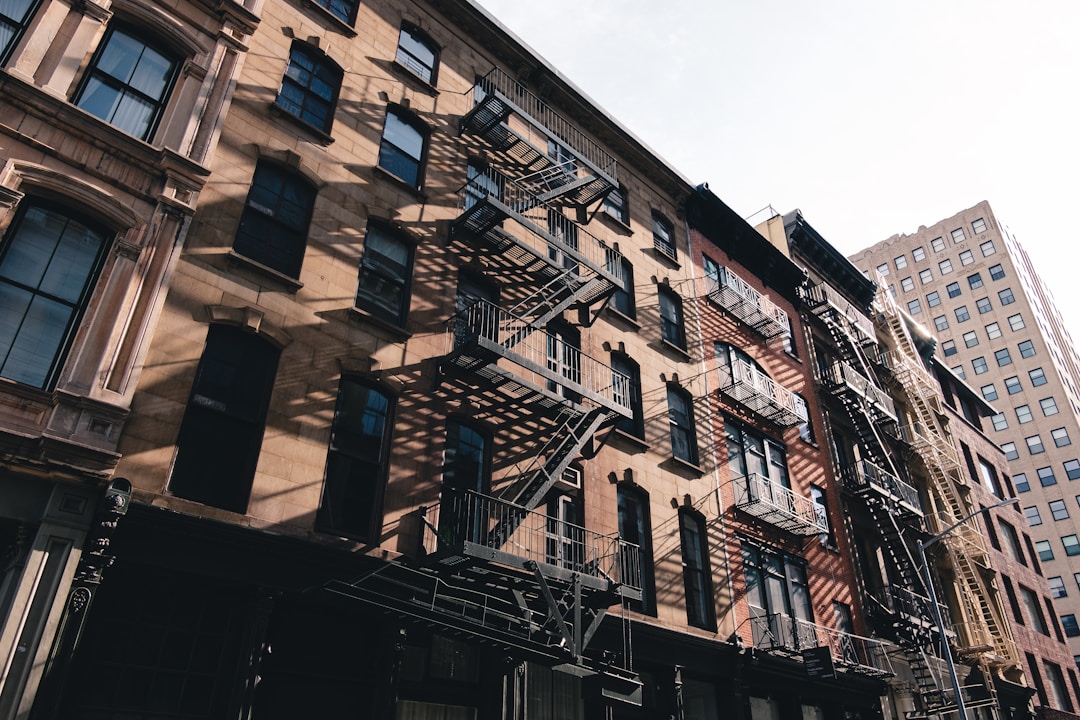
How Alternative Investments Can Boost Your Finances
Financial freedom is a central motivating factor for investors who’ve bought into real estate, the stock market, and elsewhere. Everyone with money in the markets is striving for the same things: Great dividends, a fantastic growth factor, and long-term savings that provide for retirement or a planned major purchase (and with a minimum risk tolerance). Unfortunately, not all investors can lock in each of these facets of a steadily growing investment portfolio. Financial planning during a recession is often a difficult task and the downturn threatens to erase the equity and gains made in IRA accounts, real estate holdings, and self-directed stock market portfolios.
Investors and emergency fund savers learned this in 2007 with the recession caused by a housing crisis and are working hard to put these lessons into practice now as the coronavirus pandemic continues to batter the U.S. and global economies. However, building back to a vibrant asset list is within reach for all of us with an investing strategy tailored to mirror those of a financial advisor or accredited investor. Creating a portfolio filled with numerous asset classes, strong returns, and investment opportunities that provide fast-moving additions to the underlying cash value don’t have to be an impossible task.
There’s one area where most retail investors struggle, though. Building a foothold in the arena of alternative investments is a fantastic way to drive your value higher and tack on excellent yielding dividends in the process. Yet, many investors are wary of straying away from the traditional stock market. Whether you’re concerned with getting employees excited for work in your small business or are looking to expand your real estate holdings, alternative investment options are a great space for continued portfolio growth.
Alternative investments represent the best way to galvanize powerful asset growth. With the help of Yieldstreet and other accredited investor offerings, you can begin to take advantage of these investment opportunities with minimal risk exposure.
What is an alternative investment?

To begin with, it might be helpful to review the actual nature and function of alternative investment vehicles. These are additions to a portfolio that stray from the traditionally traded stocks and bonds that most retail investors collect, at a minimum. Some asset classes are grouped here that are familiar collateral assets to many – like gold bullion – but often, an alternative investment opportunity remains low on the radar of the typical investor.
Many great options in this category are commodities that consumers use or think about every day: Fine wines, small business investments, real estate, artwork, and even specialty cars, guitars, or antique books.
Tackling the marketplace is made easy with Yieldstreet and other customized fund management options.

Yieldstreet is a major player in the alternative investment space. Many initial investors ask: “Is Yieldstreet legit?” The data within a Yieldstreet prospectus quickly ease them. The funds offered through Yieldstreet’s platform are fast-moving and provide excellent dividends to their shareholders.
The Yieldstreet team of accredited investor-analysts is hard at work doing the due diligence and heavy lifting that has traditionally been your responsibility in this space. Building a financial plan that works for their clients, Yieldstreet has produced the shining example of a blended alternative asset fund in the Yieldstreet Prism Fund.
The Prism Fund blends six high-powered asset classes for maximum stability and supercharged dividend payouts every quarter. If you’re thinking of expanding into new territory, learning the ropes with the guidance and security of a fund like those offered by Yieldstreet should be your first step.
Alternative investments form a major thrust forward for many working as accredited investors (and trading for themselves or on behalf of high net worth clients). Following the pros’ footsteps is the best way to ensure that your future gains look and feel the same as the wealthy who’ve been trading like this for generations.